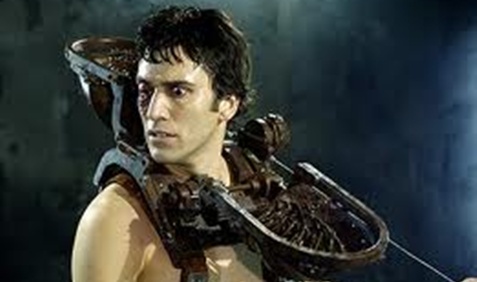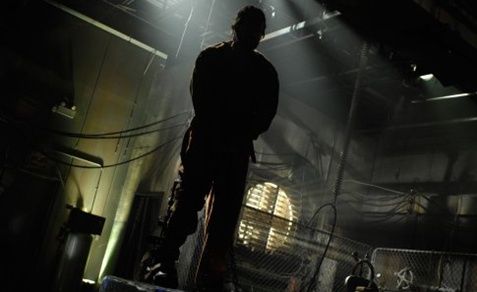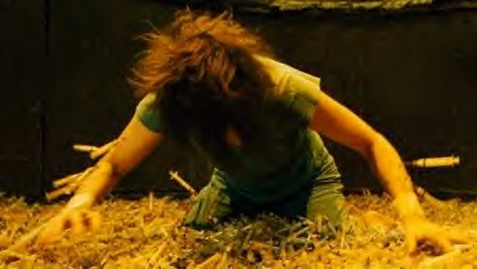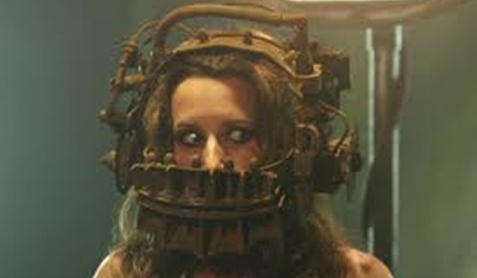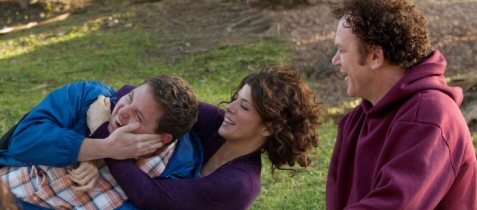Five 2011 Academy Award Upsets We’d Like to See
It should be stated for the record that while the editorial ‘we’ was used for the title of this column, the truth is that these are my picks and solely my picks. Let the first person speak begin.
The Academy Awards have become a bit of a bore in the last few years. There have been next to no surprises in the major categories, except for perhaps Marion Cotillard winning Best Actress in 2008 for “La Vie en Rose” or Alan Arkin winning Best Supporting actor in 2007 for “Little Miss Sunshine.” For the most part, it’s decided pretty early who’s going to win, which totally sucks, if you ask me. Of course, there are categories where there is a performance that clearly stands out above the others, but in many instances, people win their Oscars not because they’ve delivered something otherworldly, but because it’s their time, and they’re due, or other such nonsense. These aren’t lifetime achievement awards, and this isn’t a welfare system. If you give the award to the worthy party the first time around, there will be no need to “pay them back” later (cough, Al Pacino and Denzel Washington).
Take Tilda Swinton, for example. Do you know why she won the Academy Award for Supporting Actress? It’s because the voters knew that “Michael Clayton” was going to be shut out in every other category, so they threw Swinton a bone just so the movie walked away with at least one award. What the hell kind of logic is that? Did she really give the best performance or not? She was perfectly fine in the movie, but there was nothing extraordinary about it, certainly not compared to her hilariously stone-hearted harpy in “Burn After Reading.” Needless to say, the Academy’s predictability of late has led me to rebel, which is why on Sunday, I’d love nothing more than to hear the following five names be read instead of what we will probably hear.
Best Original Screenplay: Christopher Nolan, “Inception“
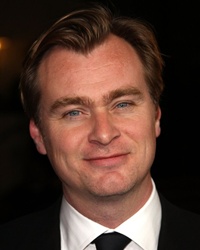 Current Frontrunner: David Seidler, “The King’s Speech”
Current Frontrunner: David Seidler, “The King’s Speech”
“The King’s Speech” is a wonderful little film. It was #7 on my list of top movies of 2010. But that story has been done many, many times before, while “Inception” was so layered that it took 10 years for Christopher Nolan to finish it. Small stories are good stories, but when someone dares to, pardon the pun, dream like Nolan did here – and better yet, pull it off, which he does in spades – that should be rewarded. It would also serve as a warning shot across the bows of every action movie director that story matters, damn it, and to get rid of the jive-talking robots.
Best Supporting Actor: Geoffrey Rush, “The King’s Speech“
 Current Frontrunner: Christian Bale, “The Fighter“
Current Frontrunner: Christian Bale, “The Fighter“
We called it three years ago: Christian Bale will win an Oscar before it’s said and done, and more likely sooner than later. Now it’s about to happen, and strangely, I wish it weren’t.
First off, credit where credit is due. Bale positively disappeared into the role of Dicky Eklund, shedding a bunch of weight to resemble the body type of a crack addict and sounding like an authentic born-and-raised Southie. It was flashy without being gimmicky, and that is the key to Oscar glory. There is just one teensy problem; his character doesn’t support the story – he’s a distraction to it, and every time the movie becomes Dicky-centric, it loses momentum. Which brings us to Rush, the heart and soul of “The King’s Speech” and without whom, as Roger Ebert astutely observed, “the movie is unthinkable.” “The Fighter” could survive without Dicky; “The King’s Speech” is dead in the water without Lionel.
Best Supporting Actress: Melissa Leo, “The Fighter”
 Current Frontrunner: Hailee Steinfeld, “True Grit“
Current Frontrunner: Hailee Steinfeld, “True Grit“
Now, here is the supporting performance that drives “The Fighter.” Like Bale, Melissa Leo also disappears into the character of Alice Ward, but unlike Bale, there isn’t that sense of watching someone act. Instead, it was more like watching someone be, something Leo is remarkably good at. She also seems to have a fondness for getting ugly on screen, if this and “Conviction” are any indication.
Of course, the general consensus is that Leo and Amy Adams will split the “Fighter” vote, opening the door for Steinfeld to become the latest child to win an Oscar…but she’s not really in a supporting role, is she? Nope, the academy rigged the vote so she wouldn’t have to go up against Annette Bening and Natalie Portman. Don’t you think that, should Steinfeld win, it would feel a little hollow that they bent the rules for her? Just sayin’.
Best Actor: James Franco, “127 Hours“
 Current Frontrunner: Colin Firth, “The King’s Speech”
Current Frontrunner: Colin Firth, “The King’s Speech”
Colin Firth was humbled and regal. Jesse Eisenberg fired Aaron Sorkin’s one-liners like a sharpshooter. James Franco, meanwhile, carried his movie from start to finish. It was a one-man show, and better yet, thanks to the savvy editing, it didn’t feel like a one-man show. I think Franco’s biggest problem is that a lot of people refused to see the movie on principle once they realized they would have to watch someone (pretend to) cut his arm off, and I get that; I didn’t want to see it either, but was positively blown away by the movie, and Franco’s performance, once I did.
Firth has the buzz because he’s well liked and has carved out a nice, well regarded filmography for himself. But the race to an Oscar isn’t a marathon; it’s a sprint. And from here, Franco was running faster than everyone else.
Best Picture: “The Social Network“
 Current Frontrunner: “The King’s Speech”
Current Frontrunner: “The King’s Speech”
In the interest of full disclosure, my #1 movie of 2010 was “Black Swan.” For the sake of the awards, though, I’m changing my tune.
What we’re looking at is something akin to when “Forrest Gump” beat “Pulp Fiction” and “The Shawshank Redemption” for Best Picture in 1995 (though if we’re honest, few of us knew how truly great “Shawshank” was until it was released on video a few months after the Oscars). The Academy has a chance to award a movie that will transcend time – there is a reason many people speak of “The Social Network” as a movie that will define a generation – but they won’t, and I’m not exactly sure why. Perhaps the elder members of the academy can relate to “The King’s Speech” better than they can to a movie about a group of kids haggling in court over Internet money, so they’re choosing what makes them comfortable. That makes sense, I suppose. But here’s the thing – odds are, someone is going to make a movie a lot like “The King’s Speech” in the next 12 to 18 months. You won’t see another movie like “The Social Network,” however, for a long, long time.
Oh, and I’d also love to see “Exit Through the Gift Shop” win Best Documentary. The movie rules.
You can follow us on Twitter and Facebook for content updates. Also, sign up for our email list for weekly updates and check us out on Google+ as well.



